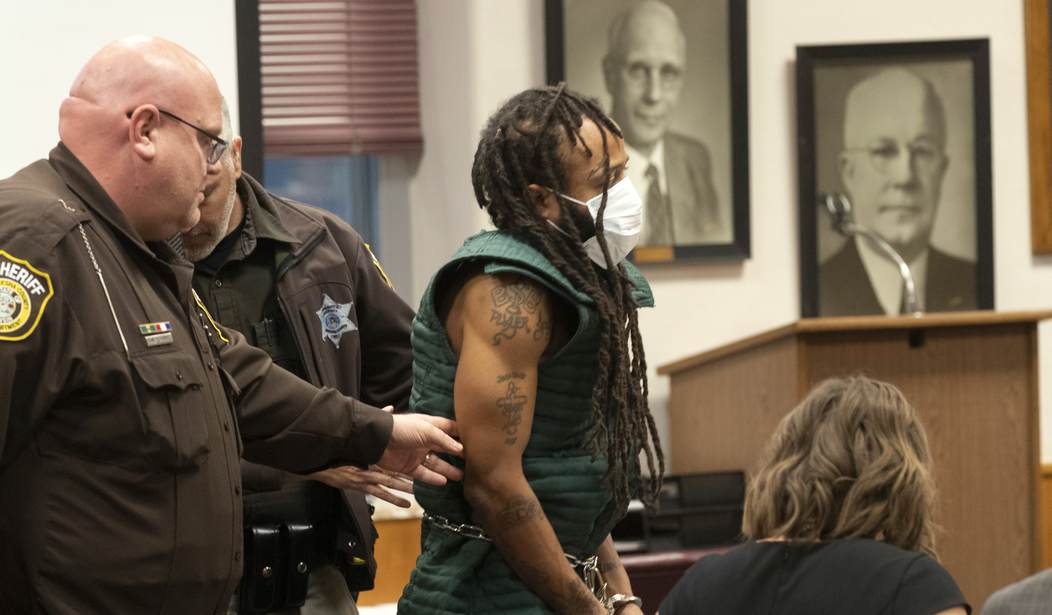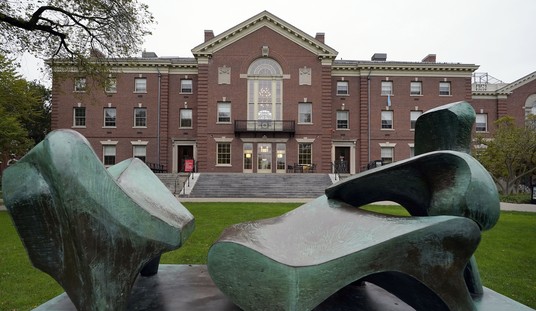As you may have heard by now, the man who ran down and injured 62 people in a Christmas parade in Waukesha, Wisconsin had been released on $1,000 bail just two days earlier. Monday, DA John T. Chisholm, who is a progressive proponent of bail reform, released a statement which read, “The State’s bail recommendation in this case was inappropriately low in light of the nature of the recent charges and the pending charges against Mr. Brooks.” The statement continued, “The bail recommendation in this case is not consistent with the approach of the Milwaukee County District Attorney’s Office toward matters involving violent crime, nor was it consistent with the risk assessment of the defendant prior to setting of bail.”
A report published yesterday by the NY Times backs up the claim that the inexplicably low bail for Darrell Brooks was not part of the DA’s push for bail reform but was essentially a screw up.
“This was not the product of criminal justice reform or bail reform efforts, which have rightfully questioned how we use pretrial and post-conviction incarceration,” said Craig Mastantuono, a Milwaukee criminal defense lawyer who has worked on such efforts for 15 years.
The decision to allow Mr. Brooks to be released on $1,000 bond was “a mistake,” he said, that occurred “despite, not because of, the current bail and risk assessment system in place here.”…
People involved in the state’s criminal justice system said the bail decision in Mr. Brooks’s earlier case was less about ideology than exigency, and was almost certainly related to the massive backload of cases in the Milwaukee court system, made up of cases delayed by the pandemic plus a new wave of trials resulting from a recent spike in violent crime. More than 1,000 felony cases, and close to twice that many misdemeanors, are currently in the queue, officials said, increasing incentives to reduce the prison population by lowering bail.
The story claiims this may have been the fault of an “inexperienced junior prosecutor.” However, it also points out that the young prosecutor on Brooks’ case isn’t the person who represented the state at the bail hearing. The person who did handle the bail hearing is said to be a “veteran lawyer.”
The prosecutor assigned to Mr. Brooks’s case, Michelle A. Grasso, a 2019 graduate of Marquette University Law School, and Carole Manchester, a veteran lawyer who represented the office in the bail hearing, did not respond to requests for comment.
Something doesn’t add up here. Granted a prosecutor who has only been on the job a short time might make some mistakes but in this case a veteran was handling the bail hearing. So unless the junior prosecutor ordered the veteran lawyer to push for a low bail amount, the veteran should have known better.
Also, the story points out that part of the DA’s reforms to the bail system is that every defendant is given a risk assessment that is intended to help identify those individuals who require high bail amounts and those who do not. People who spoke to the Times said that, based on his history and the crime he had committed (punching a woman and hitting her with a car) Brooks would have been rated at the highest level of concern which should have required a high bail. But if that’s true, how did this mistake happen?
Here’s where I think the prosecutor’s office and the NY Times are perhaps being a bit misleading. It may be true in some sense that letting Brooks out on $1,000 bail was a mistake that shouldn’t have happened and not dictated directly by bail reform guidelines. But you also have to ask ‘Would this have happened if not for bail reform?‘ In other words, if Brooks’ case had been handled under a DA who wasn’t pushing to keep as many people out of jail as possible, would this same mistake still have been made?
I don’t think so. Even if you blame this on an inexperienced prosecutor, she is taking her signals from the boss and the boss is basically telling her to keep as many people out of jail as possible. That’s how this mistake gets made in this case. Indeed, it’s a mistake the DA predicted would happen.
“Is there going to be an individual I divert, or I put into a treatment program, who’s going to go out and kill somebody?” he said. “You bet.”
This mistake may not have been an intentional result of bail reform but it seems like an unintentional one that resulted from it.







Join the conversation as a VIP Member